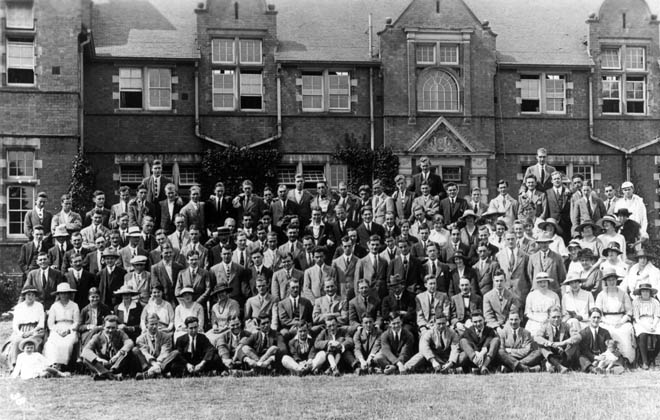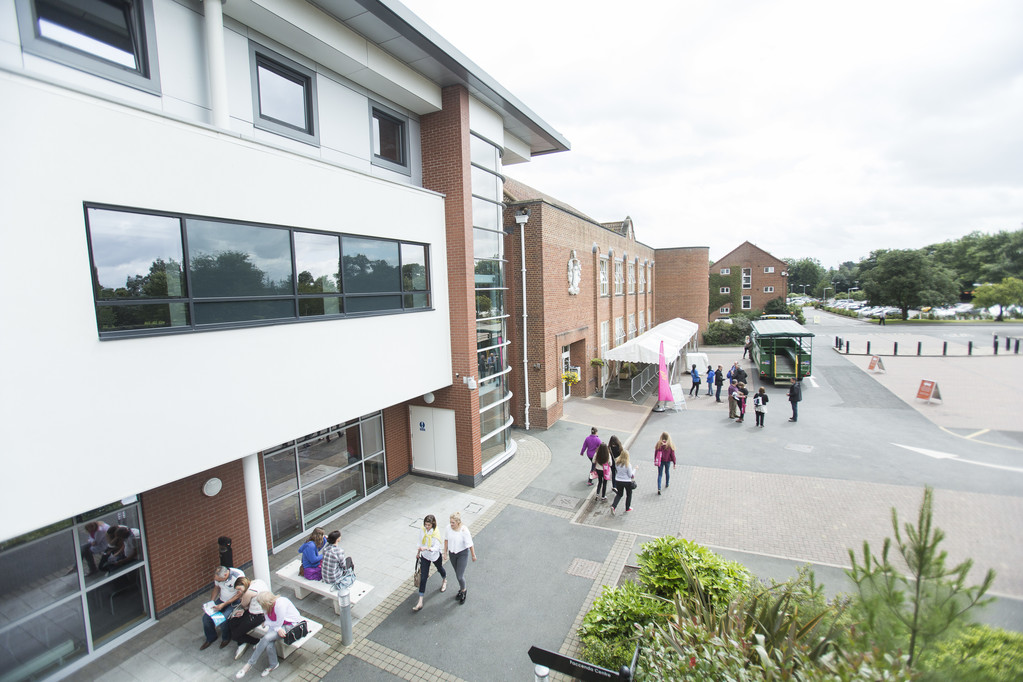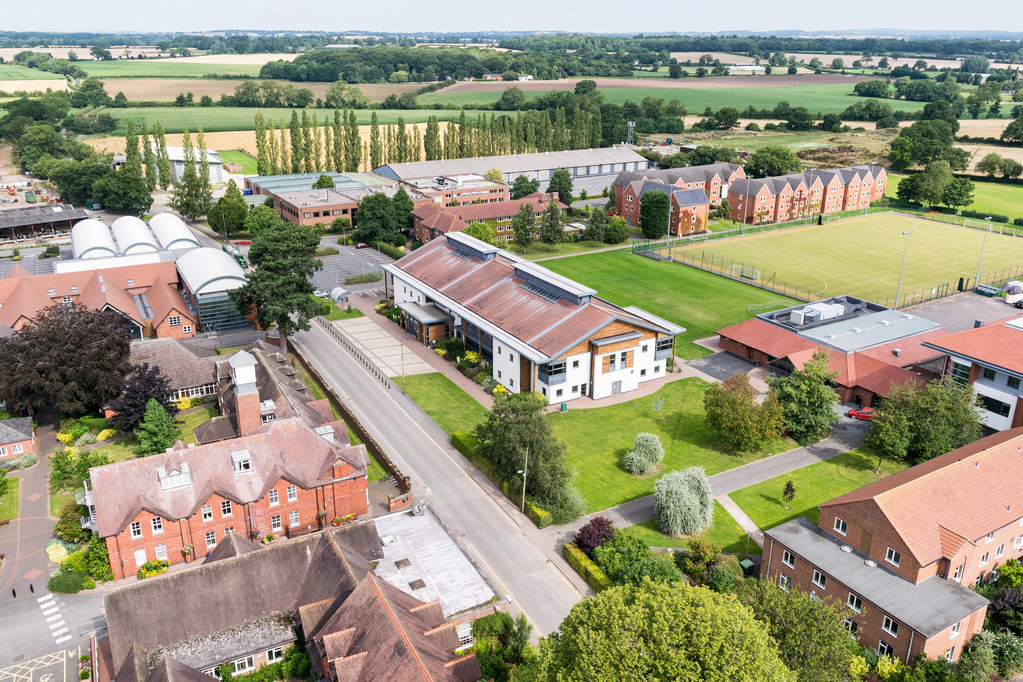


Harper Adams was established in 1901 following a major bequest by local landowner, Thomas Harper Adams. Throughout its history it has been dedicated to the founding principle of ‘teaching practical and theoretical agriculture’, bringing these traditions together in academic practice whilst serving the needs of rural businesses and communities.
Combining applied scientific investigation with the provision of support to industry, from short courses to consultancy, has remained a feature of all the activities the University and has resulted in strong relationships between the institution’s academic work and the business world and its position as a leading UK academic institution in its field. This strong relationship means an enviable, award winning reputation within the higher education and rural sectors as a centre of academic excellence as well as high levels of graduate employment.

Although its roots lie firmly in the world of agriculture, the University traditional subject mix has become broadened with new areas such as food, off-road vehicle design, veterinary nursing and, more recently, environmental science, veterinary physiotherapy, veterinary medicine, mechanical engineering and applied zoology.
The University courses are structured to make the most of the University’s multidisciplinary environment, and each involves a sandwich placement period in a relevant business.
Today, Harper Adams is the leading specialist institution of its kind within the UK, as measured by a number of key indicators and league tables across the higher education sector. The University has been named by The Times and Sunday Times as the top Modern University of the Year for the sixth year running in 2021, and it has secured the highest position in this league table achieved by a post-1992 university. The 2021 Graduate Outcomes data confirmed that more UK-based undergraduates from Harper Adams University are in work or further study than from any other university in the country, with nearly 98 per cent of Harper Adams graduates were in work or undertaking further study.
Currently, the University has a headcount of nearly 5,000 students, just under 600 staff, a third of whom are academic staff, and a turnover of over £41 million in 2019/20. The University has a national recruitment base and has a strategic plan to grow student numbers both from the UK and internationally.

Harper Adams, by virtue of its campus, community feel and rural location, offers a great experience for its students, whether domestic or from overseas. With some of the strongest ratings in the National Student Survey (top 10 in 2021), many Student Voice Awards, and most recently, Best UK University in the Student Crowd University Awards 2021.
The community feel of the University underpins its ethos and its student- centred approach.
Whilst Harper Adams has a relatively high proportion of students from lower socio-economic groups in the UK, it also has some of the highest continuation rates and is routinely within the top 20 institutions in sector employability performance indicators.

The University campus is c50 hectares set within around 635 hectares of farmland in rural Shropshire with around 80,000sqm of built area in 180 buildings. The estate ranges from traditional building stock dating from C19th to the most recently completed Veterinary Education Centre which is the largest development to date at around £10m. There has been sustained investment in the estate over the last 20 years, with over half the buildings being developed since 2000. The estate has a wide variety of building types including student and staff accommodation, office and administration facilities, research and teaching as well as agricultural.

The University has an emerging future capital development programme which will provide an interesting and rich variety of projects including research and academic buildings, student accommodation as well as a number of standalone sustainability and environmental projects. The developments will be a combination of brand new buildings and refurbishment of existing building stock. The capital development programme will enhance the sense of place, build upon the University’s sense of community and uniqueness of the campus setting, blending older historic buildings with modern, IT rich and fit for purpose teaching, research, workplace and living resources.

Harper Adams University has committed to becoming net zero for scope 1 and scope 2 carbon emissions by 2030. The University has previously made a substantial £4m investment in the THE award winning STEP project which included a 4km of district heating network, a new energy centre and an extensive solar PV array which achieved a 36% reduction of carbon emissions against the 2005 baseline. To achieve net zero, the capital programme must consider energy consumption and carbon emissions, introducing new low and zero carbon technologies to both reduce consumption of fossil fuels, developing new on-site energy generation and leveraging the existing STEP investment.